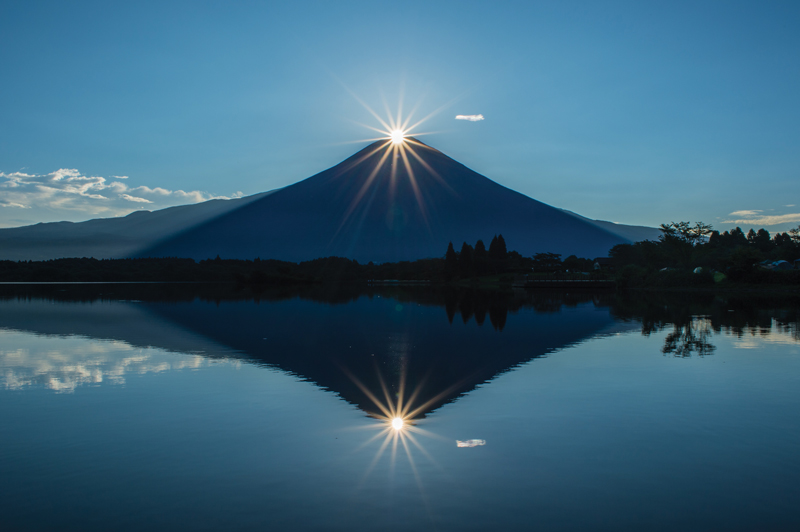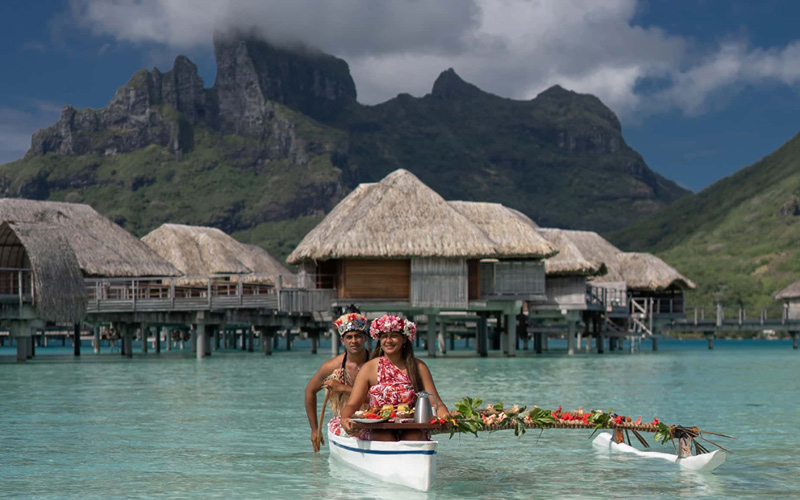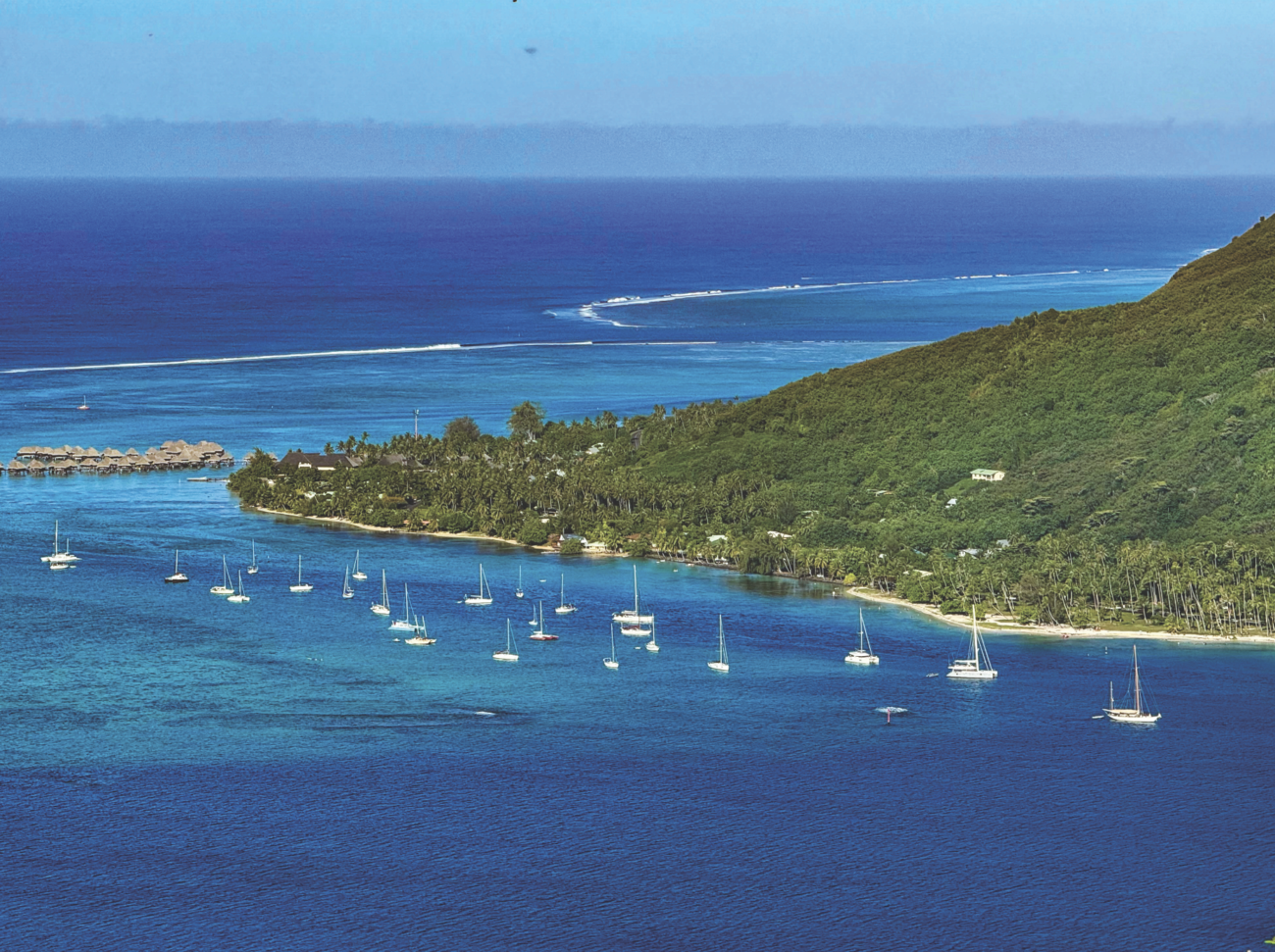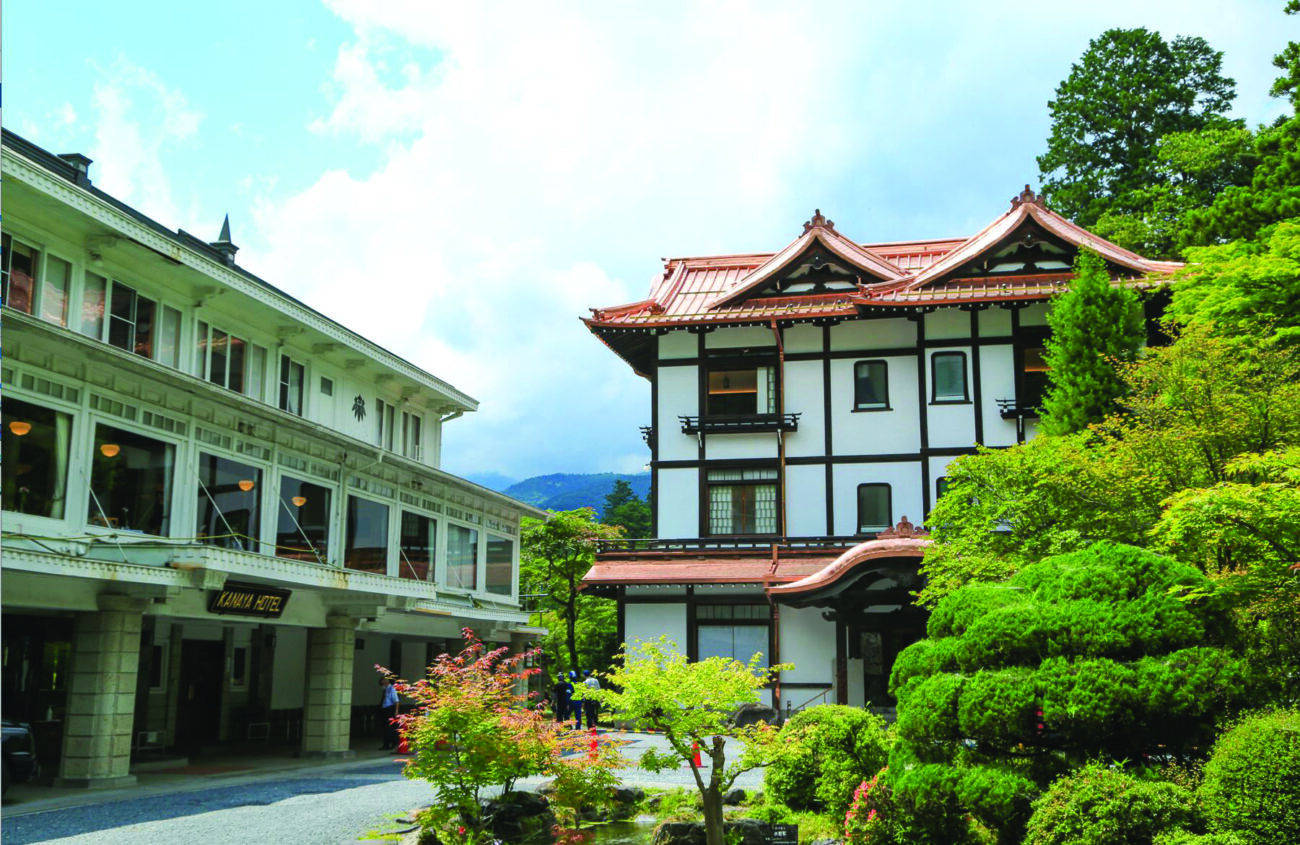Shizuoka: The Home of Mt. Fuji and So Much More
Journey less than one hour southeast of Tokyo and you will encounter incredibly beautiful

countryside in the foothills of majestic Mt. Fuji. The grandeur of the 3,776-meter iconic peak – the highest mountain in Japan – can be seen from many different angles. However, the view from Shizuoka Prefecture, the claimed “home of Mt. Fuji,” is notably the most spectacular.
One of the best ways for visitors to truly immerse themselves in the breadth and scale of Fuji-san is to traverse the Mishima Skywalk. Opened on December 15, 2015 in Mishima City, Shizuoka Prefecture – the 400-meter skywalk is the longest pedestrian suspension bridge in Japan. From here, the 70-meters high bridge sits within the lush landscape, with views not only of Mt. Fuji but also out to the waters of Suruga Bay. For true adventurers, Mishima Skywalk now offers several active challenges. The “Forest Adventure Course” (http://mishima-skywalk.jp) includes the “Long ZIP-Slide,” where those brave enough slide toward Mt. Fuji, and “Tarzan Swing,” where daredevils plunge into a net from 11 meters above. “Cliff Challenger” allows participants to climb up a 10-meter rock climbing wall.
Another way to experience Mt. Fuji is via the comfortable Suruga Bay Ferry. It’s a 70- minute boat trip to the port of Toi on the west coast of the Izu Peninsula, from Shimizu Port, providing travelers with a unique view of Mt. Fuji from the water. Fees vary seasonally but are around $20 per adult. (www.dream-ferry.co.jp/en)
More than Mt. Fuji
While Mt. Fuji is a “must-see,” Shizuoka offers much more. Some consider Mishima Shrine to be the third most important Japanese shrine, after the Ise Shrine in Mie Prefecture and Meiji Shrine in Tokyo. Mishima Shrine (http://www.mishimataisha.or.jp) was established at its current location in the mid-Heian period (794-1185). The Honden, or main sanctuary, is registered as an Important National Cultural Property. The current building dates back to 1866, and was rebuilt after the Ansei Tokai earthquake of 1854. There is a small museum on premises, housing some of the shrine’s most significant treasures. Most valuable of these is a maki-e, a Japanese gold leaf inlaid lacquerware box that’s listed as a National Treasure. It contains utensils and other items used for women’s cosmetics in the late Heian period, and was donated to the shrine by Hojo Masako (1156 – 1225), the eldest daughter of Hojo Tokimasa, the first shikken or regent of the Kamakura shogunate.
Just over 30 minutes south of Mishima, in the center of the Izu Peninsula (https://www.japan-guide.com/e/e6310.html) sits the idyllic onsen town of Shuzenji (https://exploreshizuoka.com/shuzenji-a-walk-through-history). With a history dating back more than 1,000 years, this lovely walkable town features quaint stores, artisan workshops, and Shuzenji Zen Buddhist temple that offers zazen meditation lessons by reservation at 9:30 am daily. Aligned with trees and built up around a central flowing river bed, Shuzenzi is the oldest onsen town with hot spring resorts in the region. Enjoy therapeutic natural mineral bathing at Hakoyu, the town’s public bath, or at the relaxing spa baths at individual hotels or traditional ryokan inns. One of the most famous is Arai-Ryokan (http://arairyokan.net/english). Established in 1872, this 31-room property overlooks a stunning courtyard garden and is adjacent to a bamboo forest, both of which are romantically lit at dusk and perfect for romantic strolls. Arai is renowned for its traditional architecture, art collection, and history. Over the decades, it has hosted celebrated Japanese artists, writers and kabuki actors and numerous honeymoon couples from around the world. Its 15 structures, including the hot spring bath house, are nationally registered cultural assets. Half-board prices for two sharing is about $350.
The Shizuoka area is recognized for its flowing fresh mountain water, which is ideal for growing its two most famous crops – wasabi (https://exploreshizuoka.com/shizuoka-wasabi) and tea (https://exploreshizuoka.com/?s=tea). Travelers can visit wasabi farmers in the fields in Utogi (http://www.tamaruya.co.jp/eng/about.html), where it is believed that wasabi was first cultivated. Throughout the region, visitors can grate their own fresh wasabi, sample wasabi white chocolate and wasabi ice cream, and indulge in wasabi dressing on salad served alongside wasabi leaf tempura. Regarding tea, Shizuoka has been growing tea since the 1200’s, and today is Japan’s largest exporter of tea – with 40% of the market. For a personal tea experience, guests can visit Katsumata-san, a young 18th-generation farmer – whose family has been cultivating tea for over 300 years. For less than $30 per person, an itinerary includes a tea plantation tour, hands on tea-harvesting, hand processing, and a souvenir (https://tinyurl.com/y68b8np4). Other tea experiences feature picking and tasting (https://tinyurl.com/y23nsyaz) tea farm life (https://tinyurl.com/yxcmdney), and a plantation tour plus tasting experience with a tea master accompanied by lunch (https://tinyurl.com/yytprtfn).
Getting Around the Izu Peninsula: The Izu Dream Pass (http://www.izudreampass.com/english). This pass can be used for up to three days for unlimited boarding to tour the Izu Peninsula by ferry, bus, and train. Prices vary by excursion course (about $25 to $32 per adult).
Possibly one of the most unique activities in Shizuoka is manhole cover hunting! Each of the manholes along the main street are highly decorated with emblems of the city and prefecture, especially Mt. Fuji. Some travelers even bring large sheets of rice paper to trace prints of the iconic images, an activity reminiscent of gyotaku, historic Japanese fish printing.
Hamamatsu CITY
Hamamatsu is located in western Shizuoka, about 45 minutes west of Mishima on the Hikari Shinkansen bullet train. Hamamatsu is the prefecture’s largest city with a population of over 803,000 (August 2019). A coastal city on the Pacific Ocean, it is known for its Nakatajima Sand Dunes (https://tinyurl.com/yy5ptsk9), which is a summer breeding ground for endangered loggerhead turtles. In the city center, near the 45-floor harmonica-shaped Act Tower skyscraper (housing the Okura City Hotel on the top 17 floors), is the Hamamatsu Museum of Musical Instruments (http://www.gakkihaku.jp/en/). Celebrating its 20th anniversary this year, it exhibits 1,300 musical instruments from around the globe, an introduces the world’s cultures to guests through music. Other attractions include the Hamamatsu Municipal Museum of Art (https://tinyurl.com/y4pnc669) known for its collection of 450 paintings on glass, and the reconstructed 16th-century Hamamatsu Castle (https://tinyurl.com/y22oew74), where Tokugawa Ieyasu, Japan’s first shogun, spent his years as a young warlord. The castle features an upper level observatory with Pacific Ocean views and surrounding gardens boasting more than 400 cherry trees.
For a truly hands-on experience, spirits enthusiasts can partake in an activity that details all the steps required to produce high-quality local sake. Hana no Mai, meaning “Dance of Flowers,” is a local brewery founded in 1864 along the white cobblestone approach to historic Koshin temple. Its sake brewery tour (https://www.inhamamatsu.com/culture/hananomai.php) walks guests through all the steps required to produce local rice wine from locally grown rice, pure underground water and indigenous koji mold. Here, guests will smell the pungent odor of fermentation, feel the temperature changes in each process room, and see the hometown workers – including a local master brewer or Toji – pridefully sharing their time-honored craft. Finally, visitors will get to sample freshly-made sake on-site.
Another exciting and authentically Japanese interactive experience making soy sauce at Hamamatsu’s Meijiya Shoyu (https://tinyurl.com/yxsrujdw), a family-run soy sauce factory established in 1875. Here, the 7th generation soy sauce master has created special, individual table-top workshop presses, so that visitors can try their own hand at squeezing soy sauce from fresh moromi – the matured temperature-controlled mixture of Koji – Japan’s natural fungus and salt water. After squeezing the rich mixture into a personal bottle, it’s labeled with the guest’s name before being packaged to take home.
Shizuoka City
Shizuoka City, the prefectural capital, offers numerous viewpoints of Mt. Fuji. For those looking to explore the man-made wonders of the region, the live theater at the [SPAC] (https://spac.or.jp/en) is a wonderful place to start. Founded in 1995, Shizuoka Performing Arts Center is the first publicly founded cultural organization in Japan having residential actors as well as technical and administrative staff who manage their own theatre venues and facilities. SPAC presents original performances based on both foreign and Japanese themes. The first program of 2020 will be Grimm’s Fairy Tale – The Girl, the Devil and the Mill (January 18 – February 2), followed by The Menam River Japanese (February 15 – March 7). Tickets can be purchased at: https://spac.or.jp/en/ticket
From the end of April to the beginning of May 2020, SPAC will host the World Theatre Festival Shizuoka (http://festival-shizuoka.jp/en). Throughout this celebration, SPAC will introduce a wide range of cutting-edge theatre programs from Japan and abroad at wonderfully scenic venues in and around Shizuoka City.
For more information on what to do and experience in Shizuoka, the home of Mt. Fuji and so much more, visit: https://exploreshizuoka.com





